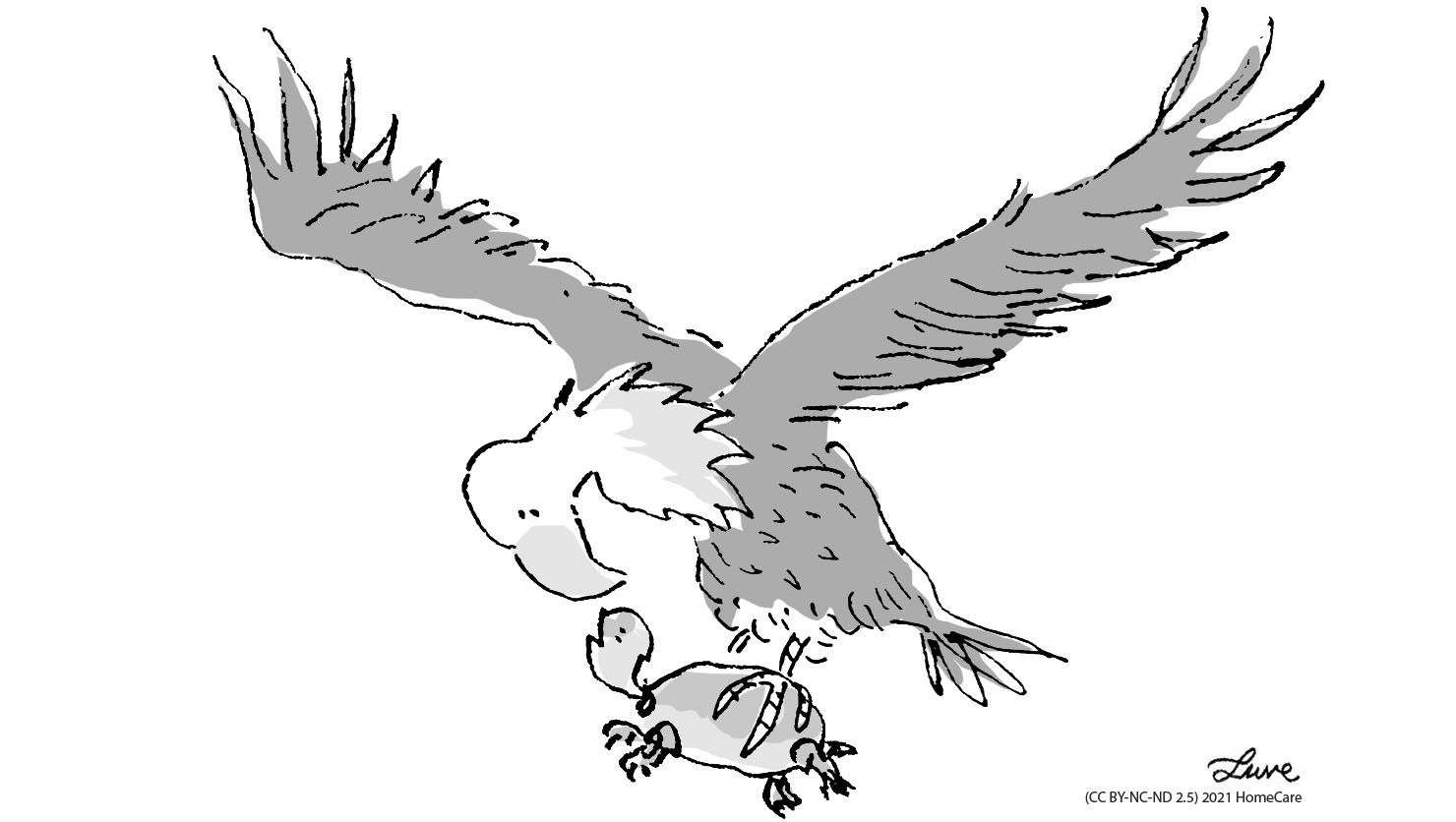
“Look, I have altitude sickness.”
Saturation refers to the level of oxygen in the arterial blood. Non-invasive saturation measurement is performed using a pulse oximeter. Over the past 30 years, this method has become the standard in all healthcare institutions, with saturation now referred to as the “fifth vital parameter”. In home conditions, pulse oximeters are used to measure saturation.
The pulse oximeter sensor can be used on:
![]() A finger of the hand or foot
A finger of the hand or foot
![]() An earlobe
An earlobe
![]() A wing of the nose
A wing of the nose
![]() Forehead
Forehead
In addition to the saturation test, the pulse oximeter can also measure and record the pulse, i.e. the heart rate.
The saturation test is performed by attaching, for example, a pulse oximeter sensor to the finger of the hand. If the finger is cold, it is important to warm it up, as in such places there is low blood flow and the results of saturation can be distorted.
The measurement of saturation is carried out on the basis of transmission spectrophotometrics. The sensor emits radiation that is partially absorbed by blood flowing through the blood vessels. The built-in photo detector measures the returned signal that consists of two components, the constant and the variable one. The variable component, also known as the pulsating variable, indicates the saturation.
Saturation – the norm
Normal level of blood saturation with oxygen is approximately 95-98%. In people undergoing oxygen therapy, the saturation is 98-100%. In people over 70 years of age, as well as in smokers, the range is 93- 95%
Saturation is considered below normal when it is lower than 90%, and it usually indicates severe respiratory failure. However, it should be remembered that even if the saturation is high, the oxygen value at the aerobic level may be low. The saturation test does not refer to the aerobic metabolism in the cells.
The result of the saturation test is not always true. A distorted saturation result may be caused by:
![]() Factors that impair peripheral blood flow
Factors that impair peripheral blood flow
![]() Low tissue perfusion
Low tissue perfusion
![]() Measurement in a cold place
Measurement in a cold place
![]() Lack of control over the body, e.g. convulsions
Lack of control over the body, e.g. convulsions
![]() Haemoglobin disorders
Haemoglobin disorders
![]() Type of light in the room
Type of light in the room
![]() Various changes on the nails, e.g. a dark varnish or an infection
Various changes on the nails, e.g. a dark varnish or an infection
Back Next
![]()
Simple Medical Procedures:60% complete
